A brief description about this Activity.
The function of much of therapy is to put clients firmly in charge of their own lives – but if they can’t be assertive, their lives are not truly their own. Assertiveness training is one of the core components of cognitive behavior therapy (CBT) and related therapies, but its implementation is rarely taught in clinical programs. This structured interactive course is designed to fill that gap. Based in part on the ideas in the presenter’s own category-leading guide (The Assertiveness Workbook), the course provides clinicians with the concepts and tools to provide assertive communication skills training to clients one-to-one, whether as an intervention on its own or as part of a broader treatment plan. Tips for adapting the training to a structured interactive group format are also provided, with clear session-by-session breakdowns programs of 8 to 12 sessions. The course is founded on the key principle underlying all assertive behavior: Assertiveness is about controlling our own actions, not the actions of others. By changing our own steps in the dance of communication, we can change the interaction. The course presents the four basic communication styles (assertive, passive, aggressive, and passive-aggressive), and the motives and underlying beliefs driving each. We examine the barriers preventing our clients – and ourselves – from using the assertive style, including stress-related arousal, relationship history, control dynamics, and unexamined sabotaging beliefs. Specific, action-oriented strategies to overcome each of these challenges are provided. We examine the elements of assertive nonverbal behavior, and the in-session and take-home exercises clients can do to rehearse a new method of self-presentation. Participants receive specific tips and strategies for dealing with the primary boundary-challenging situations: expressing one’s opinion, giving and receiving feedback, saying no, making requests, and dealing with conflict situations. Participants receive a complete set of presentation slides, plus exercise sheets they can reproduce for use with their own clients as in-session and homework exercises.
Learn more about this Activity.
No Website has been provided for this Activity.
The Provider for this Activity.
